Terminator Insecticide | 250ml
₦7,000.00
MODE OF ACTION
It has triple action through contact, stomach and fumigation.
APPLICATION
Terminator insecticide – Chlorpyrifos | Cypermethrin should be applied at the period of infection and should be applied via foliar spray
Description
Terminator Insecticide consists of 50% Chloropyrifos and Cypermethrin 5%. It is a powerful non-systemic insecticide with contact and stomach action for controlling biting as well as sucking of insects.
Product Features
- Active ingredients: 50% Chlorpyrifos and Cypermethrin 5%
- Brand: Wacot Ltd
- Description: Non-systemic, early post-emergence insecticide. Contact and Foliar application.
- Formulation: Emulsifiable concentrate
- Packaging size: 250ml
Insecticides are chemical substances specifically designed to control or eliminate insect pests that damage crops, ornamental plants, and other vegetation. They work by disrupting the nervous system, metabolism, or other vital functions of insects, leading to their incapacitation or death.
Key Features of Terminator Insecticide:
Active Ingredients:
- Insecticides contain active ingredients that target specific types of insects or have broad-spectrum activity against multiple insect pests.
- Common active ingredients in insecticides include synthetic chemicals such as pyrethroids, organophosphates, carbamates, neonicotinoids, and insect growth regulators (IGRs).
Mode of Action:
- Insecticides can have different modes of action, affecting insects in various ways, including nerve poisoning, growth regulation, or disrupting biochemical processes.
- Some insecticides act on contact with the insect’s body, while others are systemic and are absorbed by the plant, making them toxic to insects feeding on treated foliage.
Application Methods:
- Insecticides can be applied using various methods, including foliar sprays, soil drenches, seed treatments, trunk injections, and granular formulations.
- The choice of application method depends on the target pest, crop type, stage of growth, and environmental considerations.
Residual Activity:
- Residual activity refers to the persistence of insecticidal activity on treated surfaces or within plant tissues.
- Some insecticides provide short-term control, while others offer longer-lasting protection against insect pests.
Environmental Impact:
- Insecticides can have both beneficial and adverse effects on the environment, depending on their mode of action, persistence, and application practices.
- Integrated pest management (IPM) strategies aim to minimize the use of insecticides and reduce environmental risks through the integration of multiple pest control methods.
Considerations
Target Pest:
- Identify the target pest and select an insecticide product that is effective against the specific pest species.
- Consider the pest’s biology, behavior, and susceptibility to insecticides when choosing the appropriate control measures.
Application Timing:
- Timing is critical when applying insecticides to achieve maximum efficacy.
- Apply insecticides when pest populations are actively feeding, during vulnerable life stages, or when pest pressure exceeds economic thresholds.
Resistance Management:
- Rotate or mix insecticides with different modes of action to prevent the development of insecticide resistance in pest populations.
- Follow label instructions for proper use rates, application intervals, and resistance management strategies.
Safety Precautions:
- Always read and follow the label instructions provided by the insecticide manufacturer.
- Take appropriate safety precautions when handling, mixing, and applying insecticides to protect human health and the environment.
Additional information
| Weight | 6.5 kg |
|---|

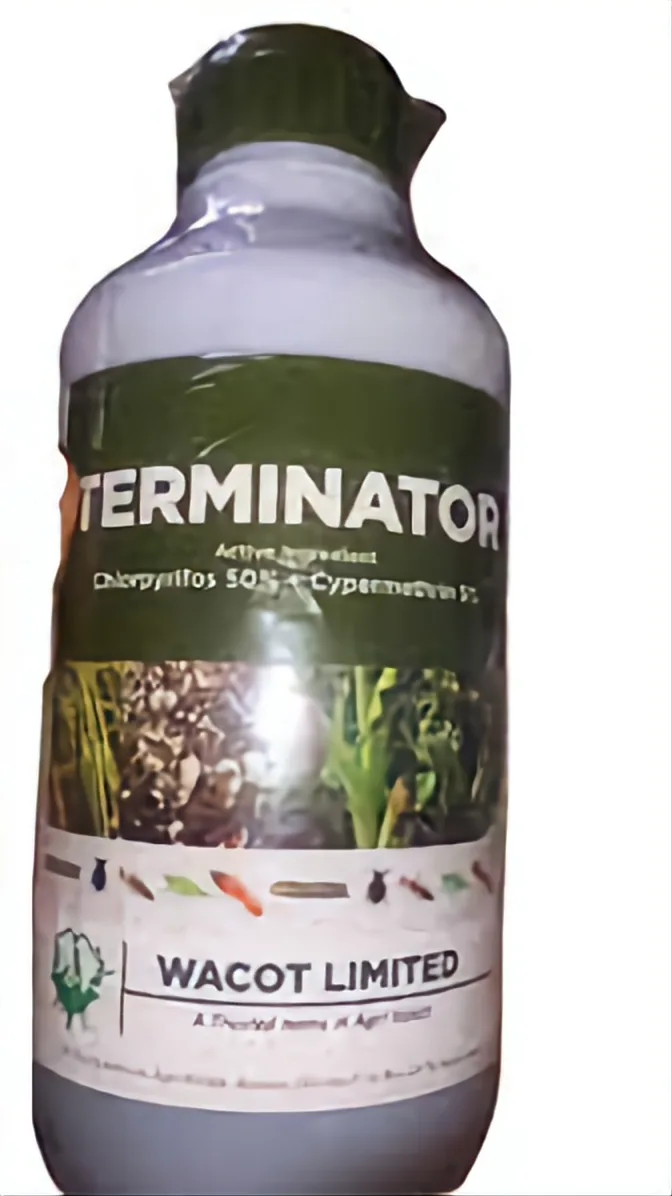
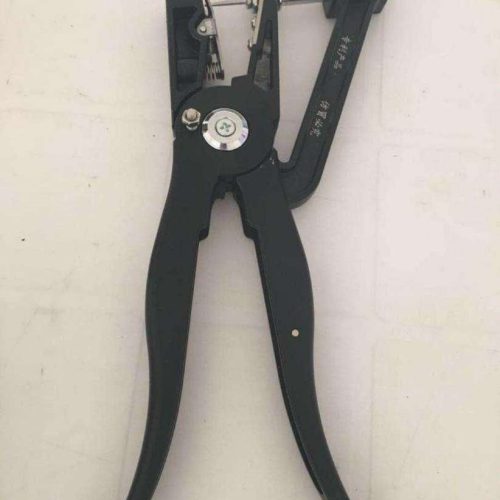
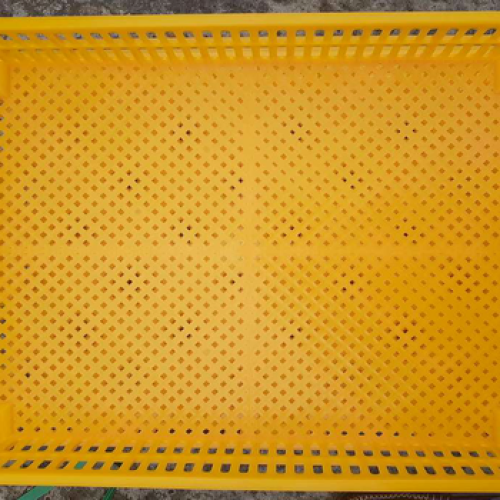
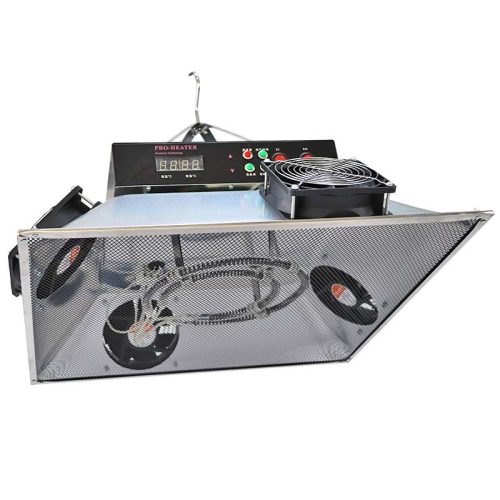
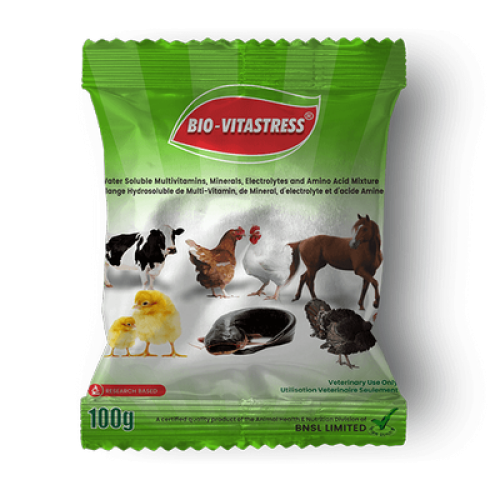

Reviews
There are no reviews yet.